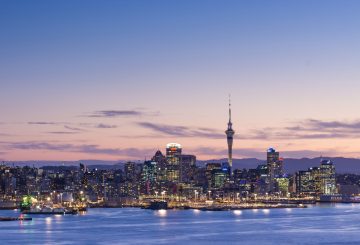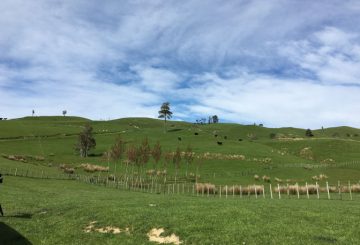경제학자들은 준비은행이 이번 주 수요일에 금리를 다시 인상할 것으로 예상하고 있다.
이번 뉴질랜드 준비은행(RBNZ) 결정에 영향을 미칠 요인으로는 높은 인플레이션, 낮은 실업률 상승 임금 압박, 기록적인 집값 등이 있다. RBNZ는 지난 10월부터 긴축정책을 시행하기 시작했다.
일부 이견이 있는 반면 대다수의 경제학자들은 공적현금금리(OCR)가 25포인트 오른 0.75%를 기록할 것으로 보고 있다. 어떤 사람들은 0.50%의 훨씬 더 높은 상승을 예상한다.
솔트 펀드 매니지먼트의 경제학자 Bevan Graham은 두 가지 중 더 작거나 더 큰 인상안을 모두 고려했다.
Graham은 “핵심적인 위험은 코로나가 여전히 지역사회에 기승을 부리고 있고 이에 따른 경제적 위험과 불확실성이 있으며, 오클랜드는 이제 막 봉쇄에서 벗어났기 때문에 이번에는 회복이 더 길어질 것이라는 점”이라고 말했다.
그는 “그러나 인플레이션 관점에서 볼 때 이미 성장률은 더 높았고 노동시장도 더 빠듯했으며 인플레이션 기대치도 더 높기 때문에 2%대로 빠르게 움직이지 않거나 중간 지대가 충분치 않은 곳에 경제적 위험이 있다”고 말했다.
Graham은 2022년 상반기까지 정기적인 금리 인상으로 OCR이 최소 2%에 이를 것으로 예상했다.
ASB의 수석 경제학자인 Mike Jones는 성명서와 경제 전망이 금융 시장에 대한 압박을 지속할 것으로 기대하고 있다. 시장은 추가적인 OCR 인상을 기대하며 기업과 소비자 모두를 위해 금리를 인상해 왔다.
“가장 분명한 것은 시장이 이미 RBNZ의 긴축 작업을 하고 있다는 것이다. 10월 회의 이후, 도매 금리는 또 다른 50-100 기준점으로 급등했다. 결국 주택담보대출 금리도 더 높아졌다”고 말했다.
“모기지 금리는 전래 없이 여전히 낮은 수준이다. 그러나 이러한 종류의 변화는 지속될 경우 내년 주택시장과 소매소비지출에 강력한 둔화효과를 미칠 것이다. 준비 은행은 금리 시장이 계속해서 그 역할을 하기를 원할 것”이라고 말했다.
Jones는 연준의 향후 금리 전망에 따라 OCR이 이전보다 더 높은 수준을 넘을 수 있다고 봤다. 그는 2024년 8월보다 이른 시기에 2.5%를 제시했다.





























































